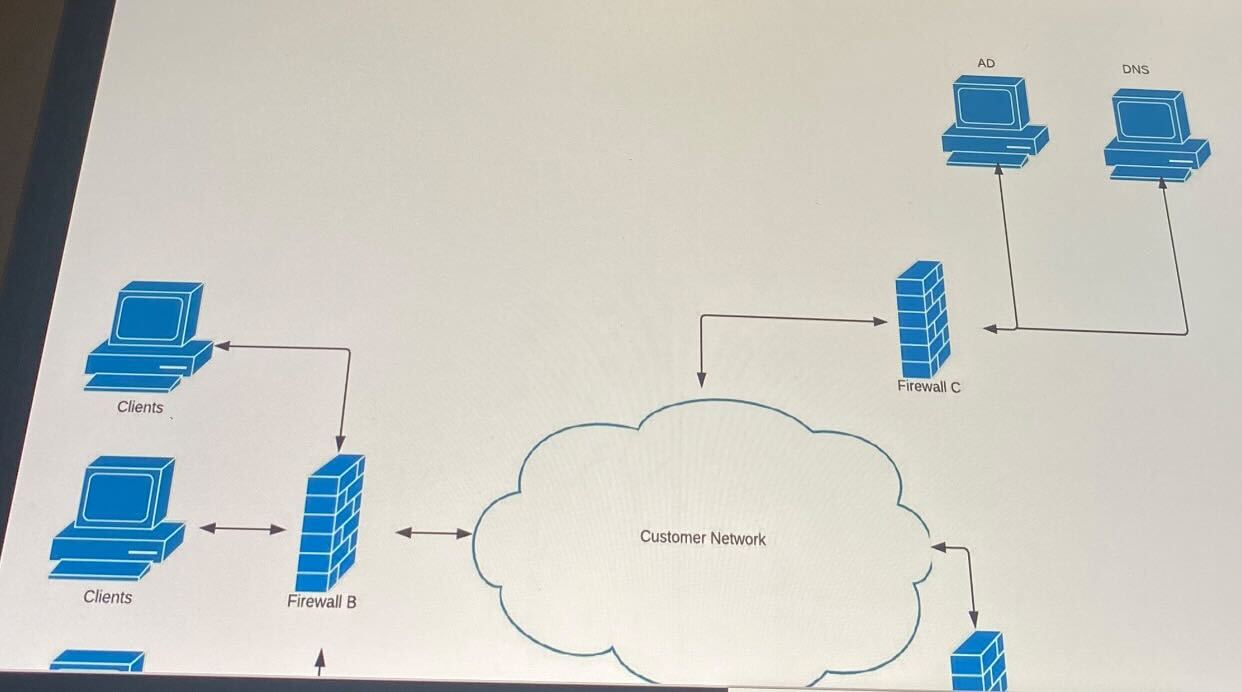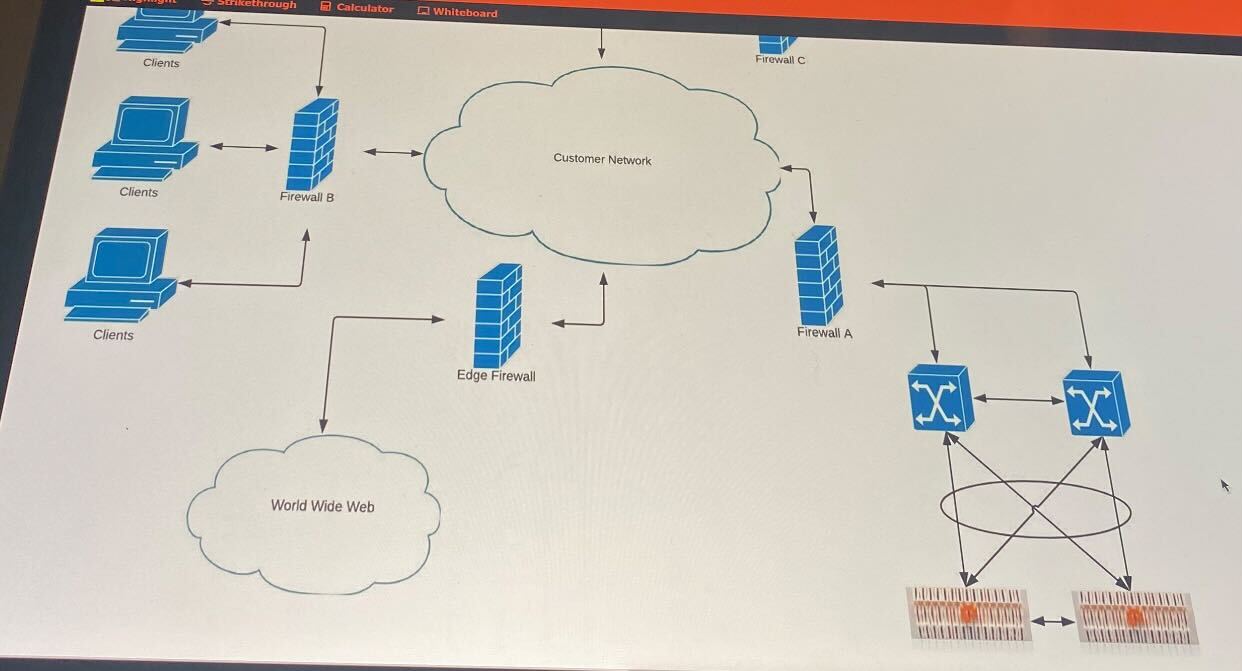Pure Storage FBAP_002 - Pure Storage FlashBlade Certified Architect Professional (FBAP_002) Exam
A customer is architecting a new distributed application in their datacenter.
Which network device should be used for optimal network performance?
A customer needs to support 10 million files per folder for their AI environment.
What is their limiting factor on a traditional file system?
How many rack units does a FlashBlade system with 39 blades consume?
A customer is interested in deploying Splunk for their infrastructure logs. They will not be replicating the Splunk environment to another site, anticipate a 2TB per day ingest rate, and want to be able to easily scale their indexers independent of their storage.
How should the architect recommend that the customer deploy Splunk?
A customer has an application that stores GIS data in an S3 repo. For compliance reasons, the GIS data that existed at a previous point in time may need to be accessed.
What should the architect do?
A customer has multiple FlashBlades and reports performance issues that occurred in the past 24 hours.
Where should the architect go to identify the issue?
A customer is using an older nearline SAS scale-out storage system to store data that is a static size. The customer recently purchased several HPC appliances to use that data.
What happens to the workflow?


The customer provides the network diagram shown. The customer wants to use RBAC and SMB on the FlashBlade. The customer does NOT use encryption for identity-related traffic.
Which ports must be opened for this to work?
What must an architect do to delete a filesystem?
The customer wants to build a software QA infrastructure using modern big data tools like Spark and Kafka. The goal is to process 50 billion events per day and provide feedback in real-time in less than 5 seconds.
The architect needs to create a FlashBlade configuration to meet the capacity and performance requirements using the following assumptions:
4 RSyslog servers accessing FlashBlade via NFS
6 servers accessing FlashBlade via S3
Capacity: 6TB + 18TB + 18TB
Each protocol will create a concurrent write and / or read throughput of 6GB/s
Which configuration should the architect use to meet these requirements?



